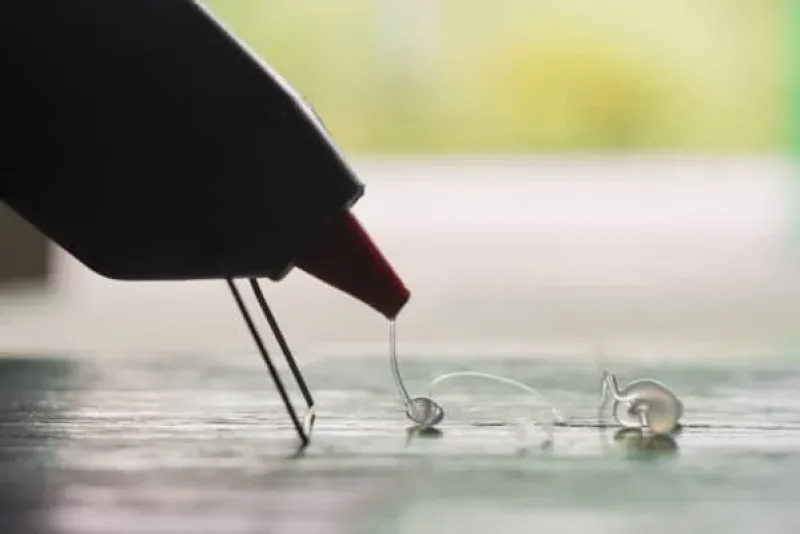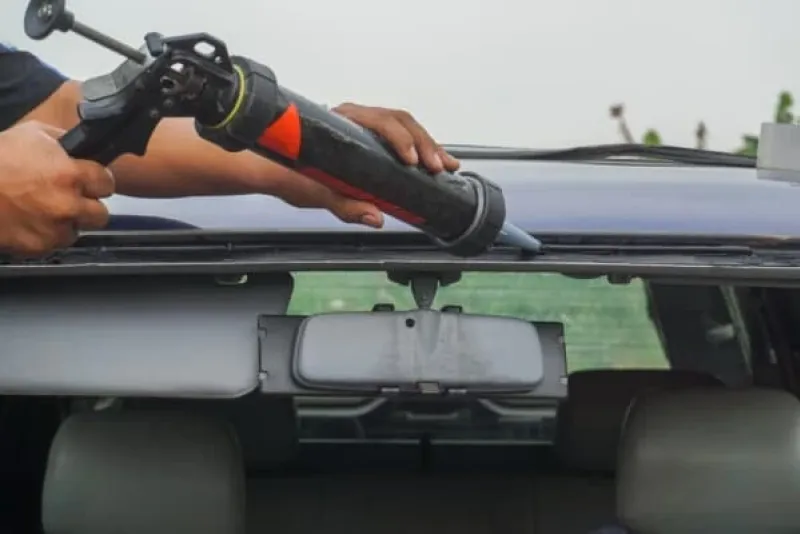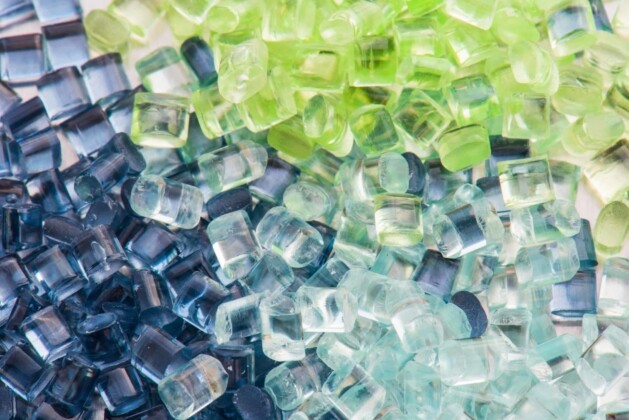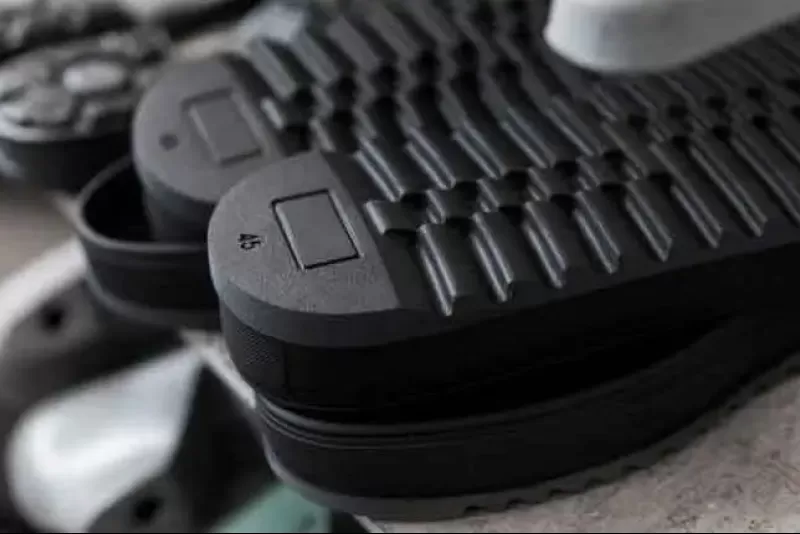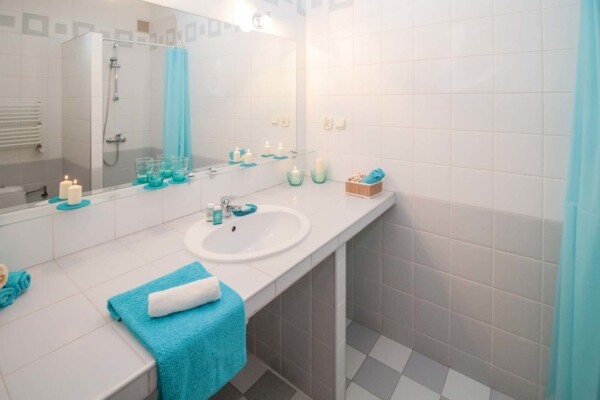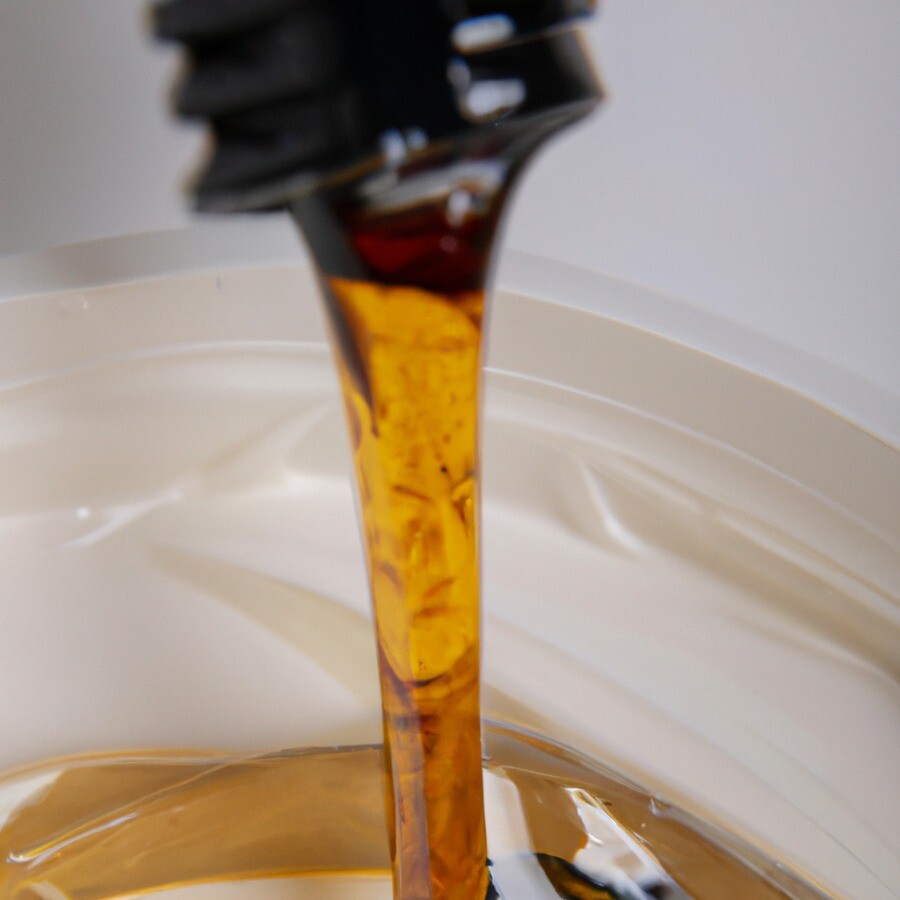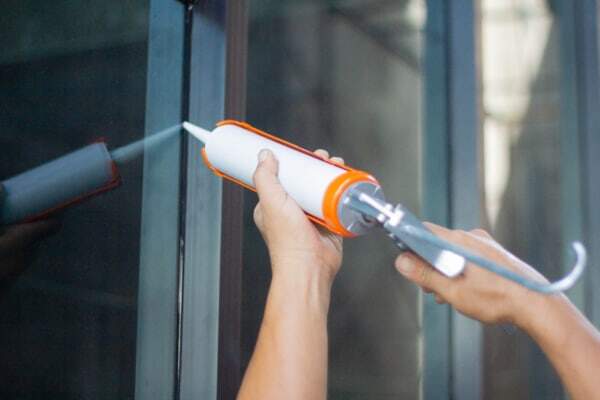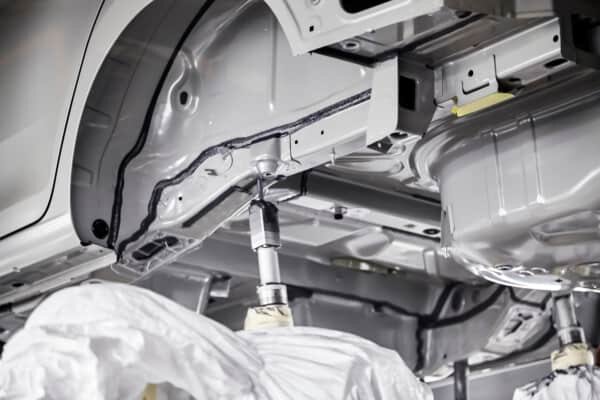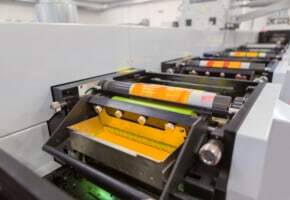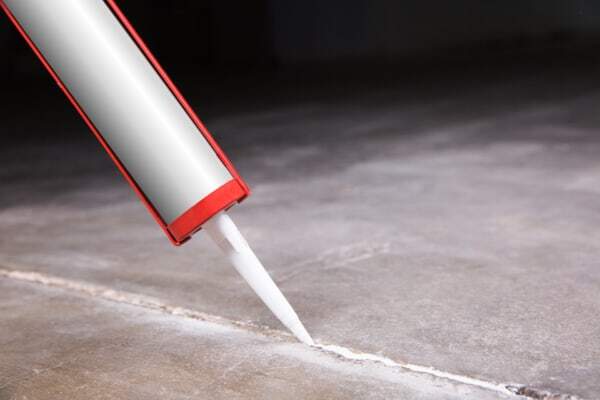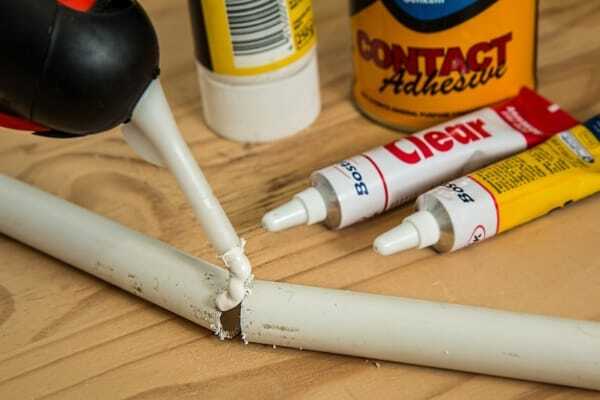About Adhesives
GENERAL INFORMATION ABOUT ADHESIVES AND INNOVATIONS
Adhesives are used in virtually every production process. adhesives+coatings aims to make the adhesives and coatings market more sustainable. We do this by highlighting innovative and greener products and helping producers find more sustainable adhesive alternatives that fit even better in their production process.
We identify various market segments: Medical & Care, Packaging & Paper, Transport & Vehicles, Furniture & Home, Building & Construction, Infrastructure & Roads, and Application Instruments, Tools & Equipment.
Each market segment includes articles on sustainability options in adhesives and provides detailed information about various unique adhesives.
